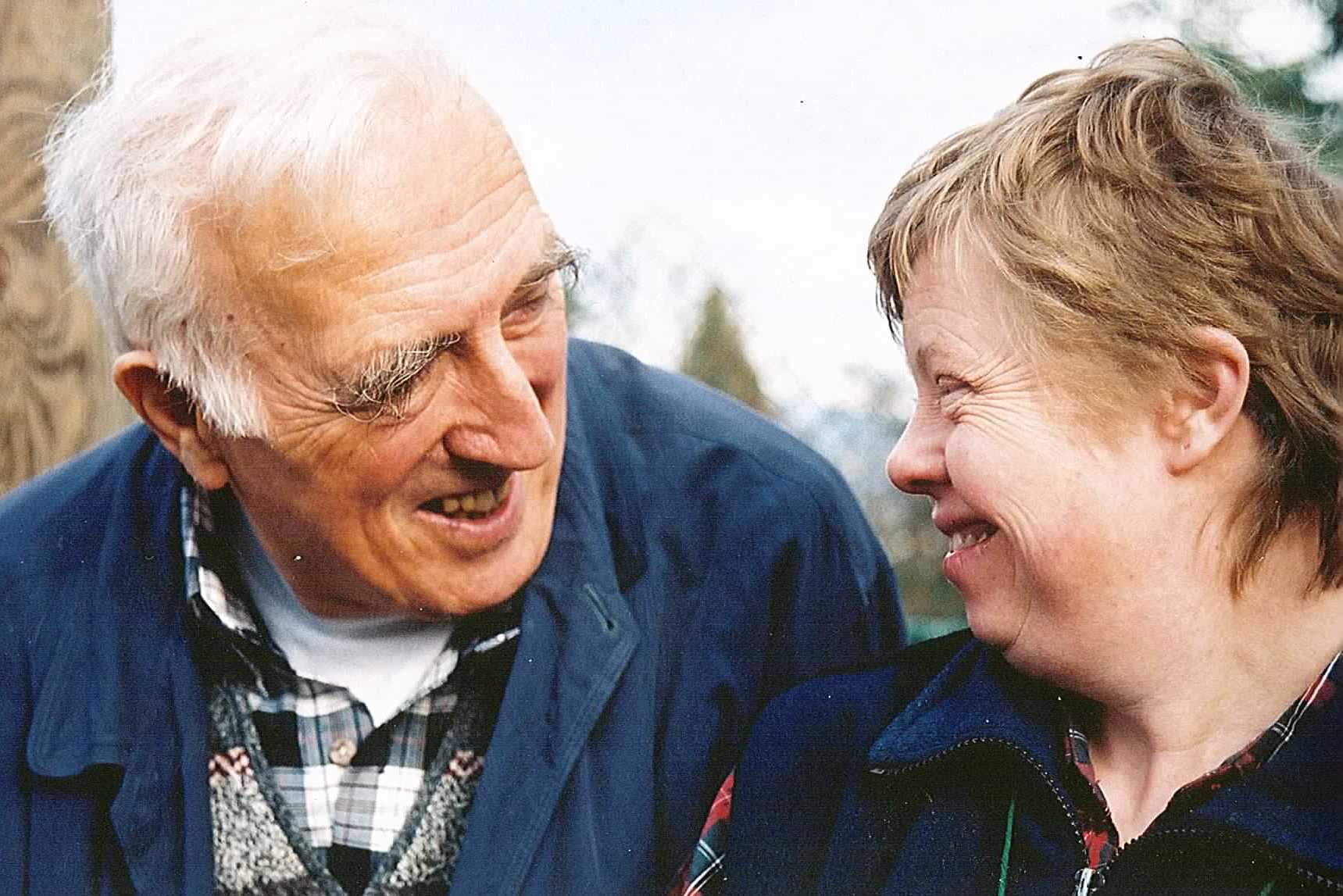The Year of Consecrated Life: The Riches of Poverty — Father James M. Sullivan, O P.
Both the Solemnities of Corpus Christi and the Sacred Heart often fall among the thirty days of June. This liturgical lesson directs us in some ways to the vow of poverty, because evangelical poverty forms the basis of consecrated life in the Church, and this type of poverty opens up the consecrated person for the riches that await the faithful.
Pope Francis in his preaching for the Vigil of Pentecost on May 18, 2013, reminded those gathered with him: “A poor Church for the poor begins by reaching out to the flesh of Christ. If we reach out to the flesh of Christ, we begin to understand something, to understand what this poverty, the Lord’s poverty, actually is.”
Consecrated persons live the vow of poverty faithfully by not allowing any good thing of this world to fill them up. They live wanting more but never simply settling for what the world wants. They live reaching out to the flesh of Christ, always wanting more of him, in the Eucharist and in the love of his Sacred Heart.
Pope Saint John Paul II in his apostolic exhortation Vita Consecrata speaks of the need for evangelical poverty. Because we live amidst a “materialism which craves possessions,” we simply forget other people (#89). The vow of poverty reminds us of “the needs and sufferings of the weakest.” The vow of poverty reminds each of us how our lives could be transformed if we craved God as much as we craved that last possession we ordered online.
(Father James M. Sullivan, O.P., serves as director of the Institute for Continuing Theological Education at the Pontifical North American College in Rome. Magnificat, June 2015, Page 413.

